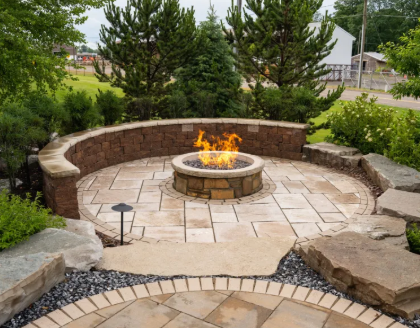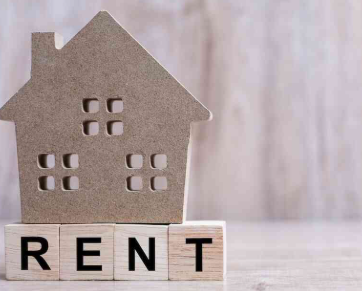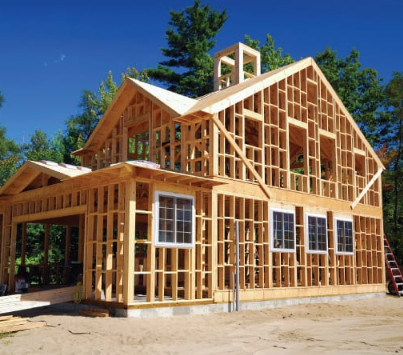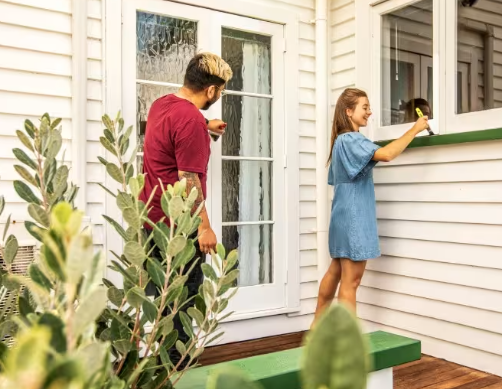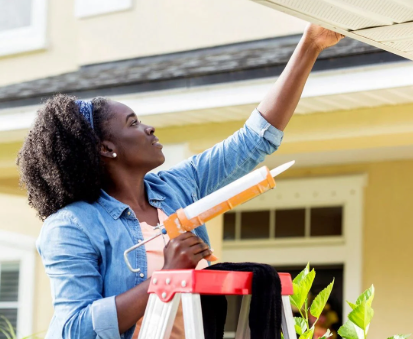Renting a home in the U.S. can be exciting yet challenging for newcomers, students, or anyone moving here.
Ask Yourself What Kind of Home You Want
Everyone’s housing needs are different. Some just need a place to stay, while others have high standards and a long list of requirements. Most people fall somewhere in between, with a few specific preferences. Budget also varies from person to person.Decide on the Type of Property First
Condo vs. Apartment For renters, there’s not much difference between a condo and an apartment. A condo is a privately owned unit that the owner can rent out, while an apartment is built specifically for leasing. In structure, both are similar to modern residential complexes.House
A house is a detached single-family home. Renting a house might even be cheaper than an apartment, though usually the whole house must be rented. This setup is great for living with friends and hosting small gatherings, though remember to keep noise reasonable.
Determine the Layout
Studio / Efficiency A studio combines bedroom, living area, and kitchen into one space, with only the bathroom separated. Studios are like lofts and ideal for single occupants.1B1B (One Bedroom & One Bathroom) This layout separates the bedroom and living room, suitable for individuals or couples who value privacy.
2B1B, 2B2B, 3B2B, etc. These are multi-bedroom layouts for sharing with friends. The first “B” is bedrooms, the second “B” is bathrooms. The master bedroom usually has its own bathroom, while others share.
Tip:
If you enjoy social living, renting a larger house with friends is fun, but choose roommates carefully to avoid conflicts.
Check Furniture Availability
FurnishedComes with furniture, allowing you to move in immediately. Most apartments are furnished, while houses may require you to buy your own furniture.
Unfurnished
No furniture is provided; you must buy or source your own. Ikea, Amazon, Walmart, or second-hand stores are good options.
Tip:
Large furniture may need assembly or disassembly to fit through doors. Check the quality of second-hand items.
Where to Look for Rentals
The U.S. offers abundant rental resources. Students can contact their school’s housing office. Here are some useful options:School Housing Websites/Offices
New students should first check their school’s housing portal for dormitory availability and application requirements.
CSSA
Chinese Students and Scholars Associations (CSSA) often compile student-friendly rental listings.
Rental Aggregator Websites Realtor.com: Comprehensive listings for high-quality rentals. Zillow.com: Extensive database with detailed property info and rent estimates. Rent.com: Focused on rental listings across categories. Apartments.com: Large apartment database with advanced filtering options.
Real Estate Agents Luxury apartment communities often have websites for checking availability, scheduling visits, and submitting applications. Examples include Avalon in New York and Lorenzo in Los Angeles.
Property Management Companies Many landlords hire management companies to handle rentals. These companies often have dedicated websites and staff to assist tenants. Be aware they may request a Social Security Number (SSN) and credit history.
Craigslist Popular platform for rentals and second-hand goods. Beware of scams and verify listings carefully.
Sites to Evaluate Rental Properties
Rent Jungle: Check if your rent is reasonable for the area.
Spotcrime: Investigate local crime records for safety.
Apartment Rating: Read detailed property reviews on noise, maintenance, safety, parking, and more.
Next Steps After Choosing a Home
Once you find a place, signing a formal lease with the landlord is crucial.1. Purchase Renters Insurance
Renters insurance is often required in the U.S., especially for apartments.
Landlord Insurance: Protects the building, not tenant belongings.
Renters Insurance: Covers personal property, liability, and additional living expenses if your home becomes uninhabitable.
Coverage Includes:
Personal Property: Repairs or replacement for belongings like clothes, furniture, and electronics.
Liability: Covers accidental damage to landlord property or visitor injuries.
Additional Living Expenses: Pays for temporary housing if your home is uninhabitable.
2. Verify the Landlord’s Identity Always request proof of ownership and ID. Avoid subleasing unless proper documentation is provided.
3. Sign a Formal Lease
Never skip the lease—this protects your rights.
4. Clarify All Costs
Include rent, utilities, fees, and responsibilities in writing. Determine payment methods, deposits, and duration.
5. Confirm Utilities Responsibility
Clearly state who pays water, electricity, gas, internet, and other services.
6. Discuss Penalties for Breach
Specify compensation if the landlord or tenant breaches the lease.
7. Discuss Move-Out Conditions
Negotiate early termination rules and required notice periods to prevent extra charges.
8. Carefully Read the Lease
Review all clauses. Seek help from the school’s tenant office or professionals if needed.
9. Inspect the Property with the Landlord
Document existing damages before moving in, including fixtures, lights, and utilities. Photos help prevent disputes.
Following these steps ensures a smooth rental experience, whether you’re a student or newcomer. With careful planning, proper insurance, and clear agreements, you can enjoy your new U.S. home with peace of mind and confidence.
